It took only 15 days after the coronavirus outbreak was confirmed in the U.S. for Boba Guys, a popular San Francisco bubble tea chain with 400 employees and 17 locations, to shut its doors.
With an average daily income of only $7 above daily expenses, the typical small business has a median cash buffer of 27 days of burn before it runs out of money.
Karen Mills, prior head of the Small Business Administration (SBA), said recently that “20%, even 30%, of small businesses could fail even in a good scenario.” Without immediate support to buffer the cash flows of stalled businesses waiting for the economy to reopen, it is a matter of days until millions begin to shut their doors, driving unemployment up significantly and sending the economy into a tailspin.
Small businesses make up over 99.9% of businesses, employ about 59 million people (about 47% of the U.S. private workforce in 2015), create over 41% of new jobs, and account for 45% of GDP.
A Goldman Sachs survey of 1,500 small businesses found that 96% of owners were already feeling the effects of COVID-19. More than half said their business would not be able to continue operating for more than three months because of the economic stresses caused by the pandemic.
With 47% of the private workforce facing potential layoffs, unemployment could rise rapidly into the double digits, substantially driving down the 45% of GDP that small business represents, and lasting for a substantial, years-long recovery.
Even if the death rate from the Creeping ChiCom Crud suddenly spikes to the scarifying levels our masters have been predicting, I still can’t see that the Great Clampdown was worth the cost that decades of impoverishment and misery from destroying the economy is going to exact. And that doesn’t even take into account the freedom we’ve thrown away, which will assuredly NOT be coming back.
Update! Michael Z Williamson gets specific on which businesses will fail.
By week 2, unemployment went from 3% to 10%.
It really hasn’t occurred to most of you that businesses fail from not engaging in business. This just tells me the socialist indoctrination centers (schools) have utterly failed to explain how business works.
Most businesses operate on tiny margins, especially stores and restaurants. Now, restaurants that can do takeout are managing, mostly (at reduced capacity and with reduced employees). But fine dining establishments or sit-down-only ethnic restaurants aren’t. They’re closed. That means no income for any of the owners or employees, followed shortly by no income for the landlord, who is also probably a small business, so stow your socialist-indoctrinated hate.
Keep in mind that every one that fails means unemployed workers as well. And just because YOU can find a workaround for their product, doesn’t put money in THEIR pocket.
Here’s a partial list I will expand:
Theaters, who have managers, ushers, concessionaires, ticket takers.
Restaurants and bars who have managers, cooks, servers, cleaners.
Restaurants need food suppliers. If they’re not selling food, they’re not ordering food from the suppliers. (One corresepondent reports his factory produces sliced cheese. 80% drop in orders with so many restaurants closed or doing less business.)
Specialty retailers–bookstores, hobby stores.
Hotels–no one is renting rooms if they’re not traveling for leisure or business. Hotels employ maintenance, housekeepers, clerks, often entertainers.
Convention facilities–who have lots of overhead, and lots of staff and/or contractors for support, displays, decorations, etc.
Venues for music or live theater.
Gyms aren’t getting anything without guests and attendees.
He has many, many, many more, as if the above weren’t all too much. Then he gets to the REALLY grim stuff—what the effect of all this will be in only a few more weeks—before asking the big question:
The point is there are ZERO non-essential jobs in even our nominally free (though massively government controlled) market. If a job doesn’t generate income, it goes away.
The question comes down to: How many people are you willing to starve and murder over a virus that the experts agree won’t be significantly worse than the four previous major viruses, in the last half century?
Since it’s way too late to fix this now, and there’s no going back from here, it looks like we’re about to find out.




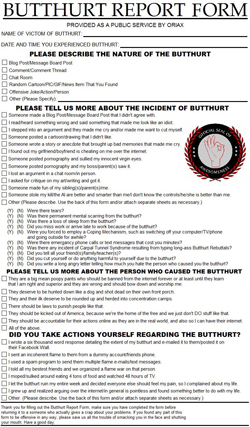




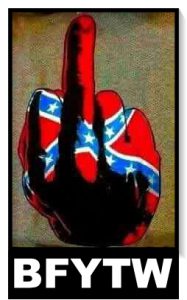
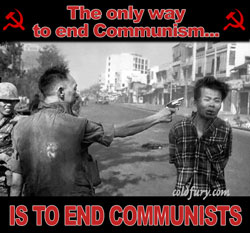





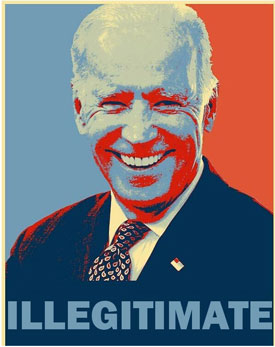
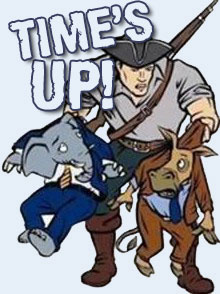

 - Entries
- Entries
Sad to say, the shutdown is supported by people that should know better.
The “cure” will be far worse than the disease.
The ripple effects are really going to get ugly.
Milk is being tossed because it was supporting the institutional pipelines (restaurants, schools, etc) and not retail. But refitting to meet the upswing in retail demand (because people still want/use milk if not in a restaurant) is a cost they don’t want to take on, just to have to refit again, adding more cost, to go back to their original business. Now some say they are still getting paid by someone even if they dump the milk. Sure, that “someone” is probably taxpayers. Doesn’t matter if the loss is shifted, it’s still a loss and can never be recovered. There is no “pent up demand” building for milk like there might be for cars.
I’m already seeing the “ripple”. Two of my customers (industrial/manufacturing) have told me they have gotten orders – spend no money except for repair.